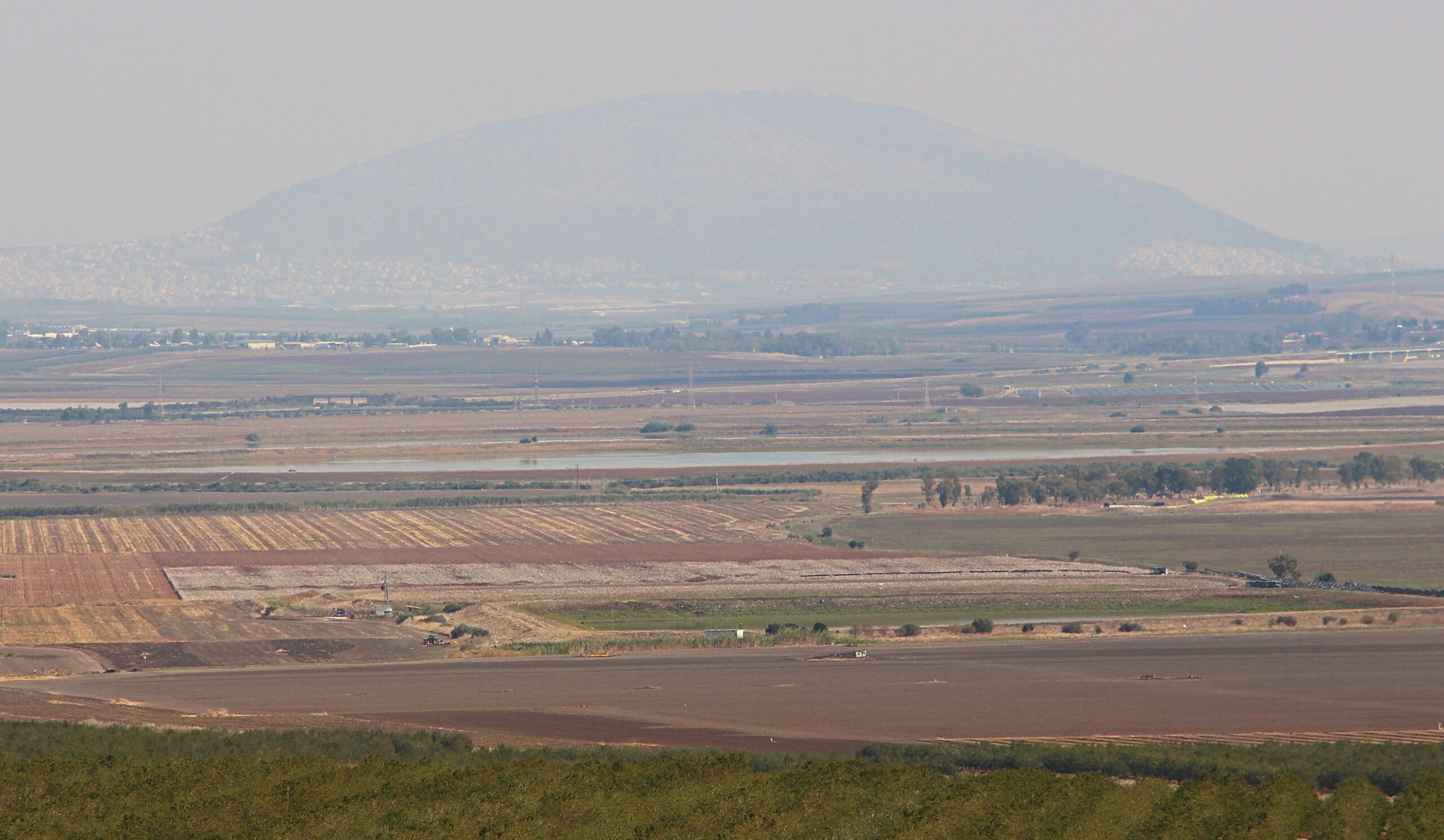Tag: Old Testament
-
Apostle Peter Raises the Dead and Takes Gospel to Gentiles from Jaffa
Jaffa (also known as Joppa, Japho, and Yafo) was the most important sea port during the Canaanite and Israelite periods (pre-Old Testament and Old Testament times). During the New Testament and Roman periods it was replaced as the predominant port by Caesarea which was built by Herod the Great. Caesarea was replaced in importance during… Read more
-
Elijah vs 450 Prophets of Baal on Mount Carmel
About 700 BC, the Prophet Elijah ministered in the Northern Kingdom of Israel. Under King Ahab and his infamous Phoenician wife Jezebel, Israel was converted to worshiping the Phoenician god Baal. Elijah was sent to reclaim the Lord’s people. In 1 Kings 18:18-40, it reads: “And it came to pass, when Ahab saw Elijah, that Ahab said… Read more
-
Elijah’s Cave in Haifa
A Holy site to Jews, Christians, Muslims, and Druze. Elijah’s Cave (also called a Grotto) is the traditional place where Elijah prayed before challenging priests of Baal as reported in 1 Kings 18. And some claim also the place where he hid from Queen Jezebel after the 500 priests of Baal were executed. However, during… Read more
-
The Dead Sea
The Dead Sea, also known as the Salt Sea in the Bible, is located at the southern end of the Jordan valley. The Dead Sea is 53 miles long (85 km), with an average breadth of 9 miles (14.5 km). The Dead Sea’s surface is at about 1,290 feet (393 meters) below sea level, and its greatest depth… Read more
-
Saint Paul at Petra, Jordan
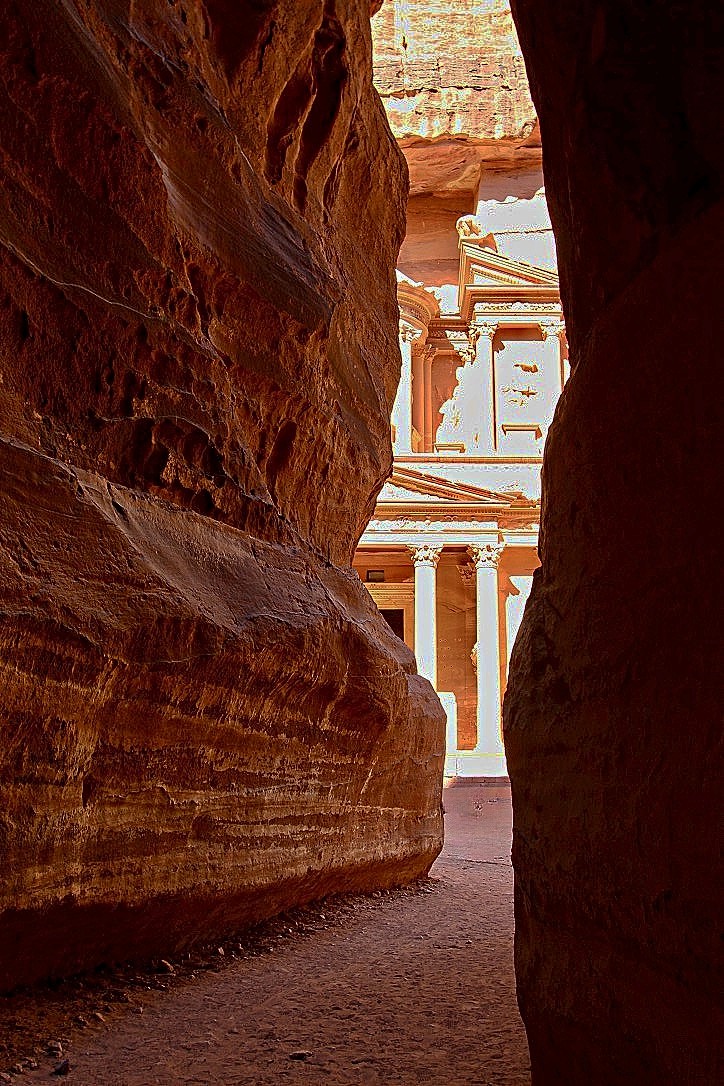
Did Paul visit Petra? Most likely, yes! After Paul’s conversion on the road to Damascus, he continued to Damascus where he was baptized and taught the gospel. Because of his testifying of his conversion and belief in the gospel, some of the Damascene’s wanted to kill him. Then followed the famous incident of Paul escaping… Read more
-
Parable Of The 10 Virgins And Their Lamps
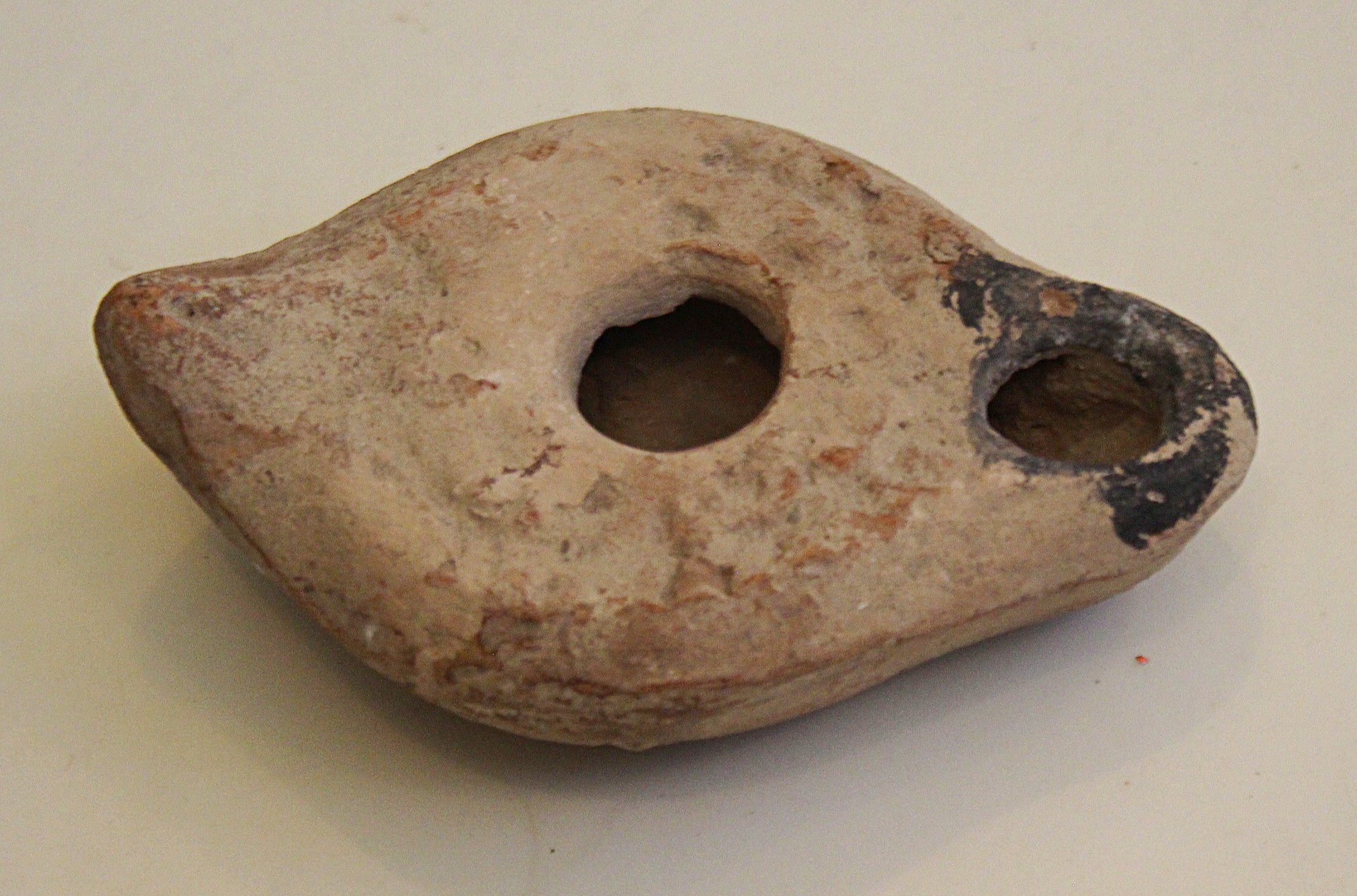
“Then shall the kingdom of heaven be likened unto ten virgins, which took their lamps, and went forth to meet the bridegroom. And five of them were wise, and five were foolish.They that were foolish took their lamps, and took no oil with them: But the wise took oil in their vessels with their lamps.… Read more
-
The Cursing of the Fig Tree by the Lord, And Fig Trees in the Bible
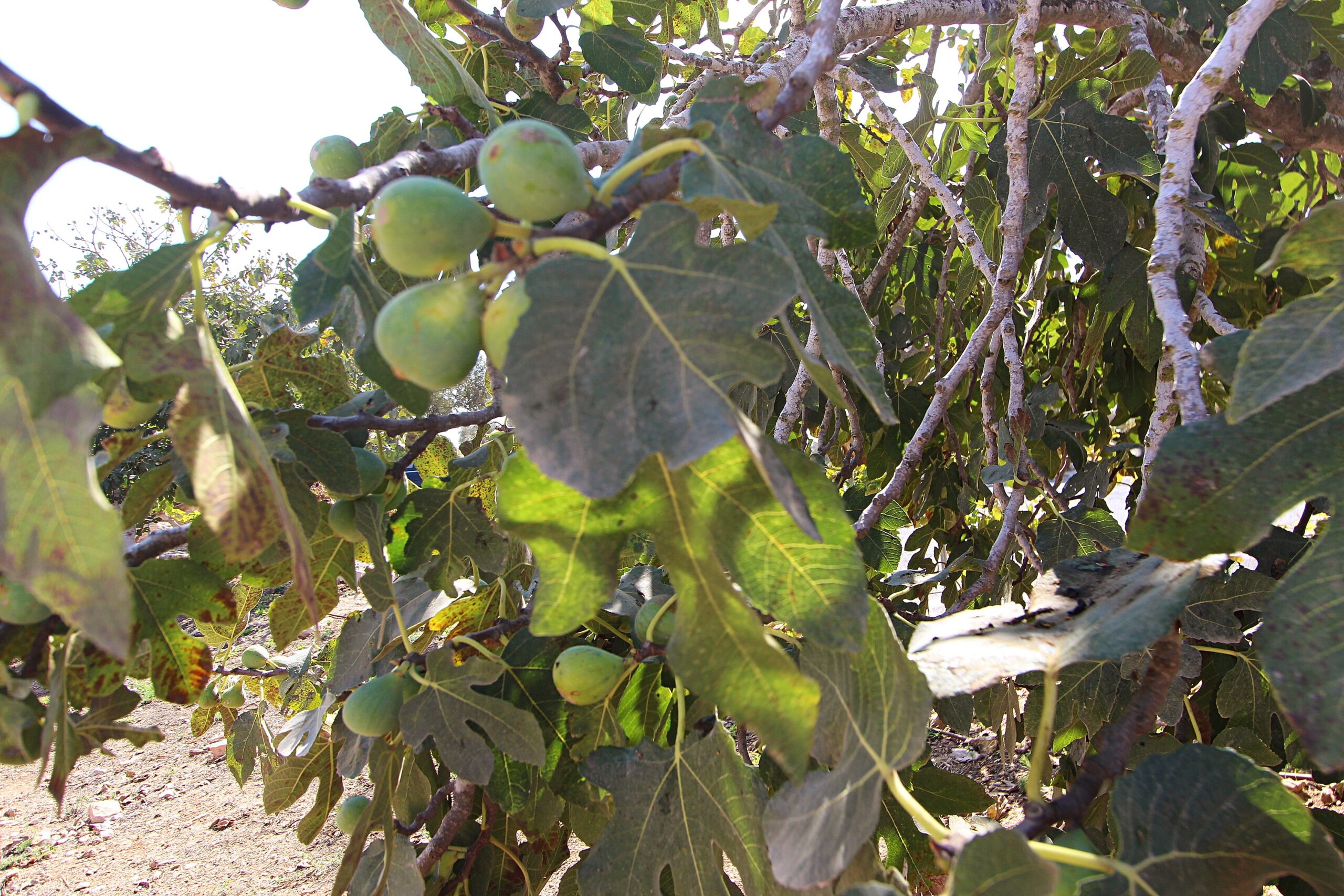
After the Lord’s Triumphal Entry into Jerusalem and his second cleansing of the temple, the Lord and his disciples returned to Bethany for the night, on the east side of the Mount of Olives. The following morning the Lord and his disciples returned to Jerusalem traveling west over the Mount of Olives and along the… Read more
-
The Great Synagogue in Jerusalem, Israel
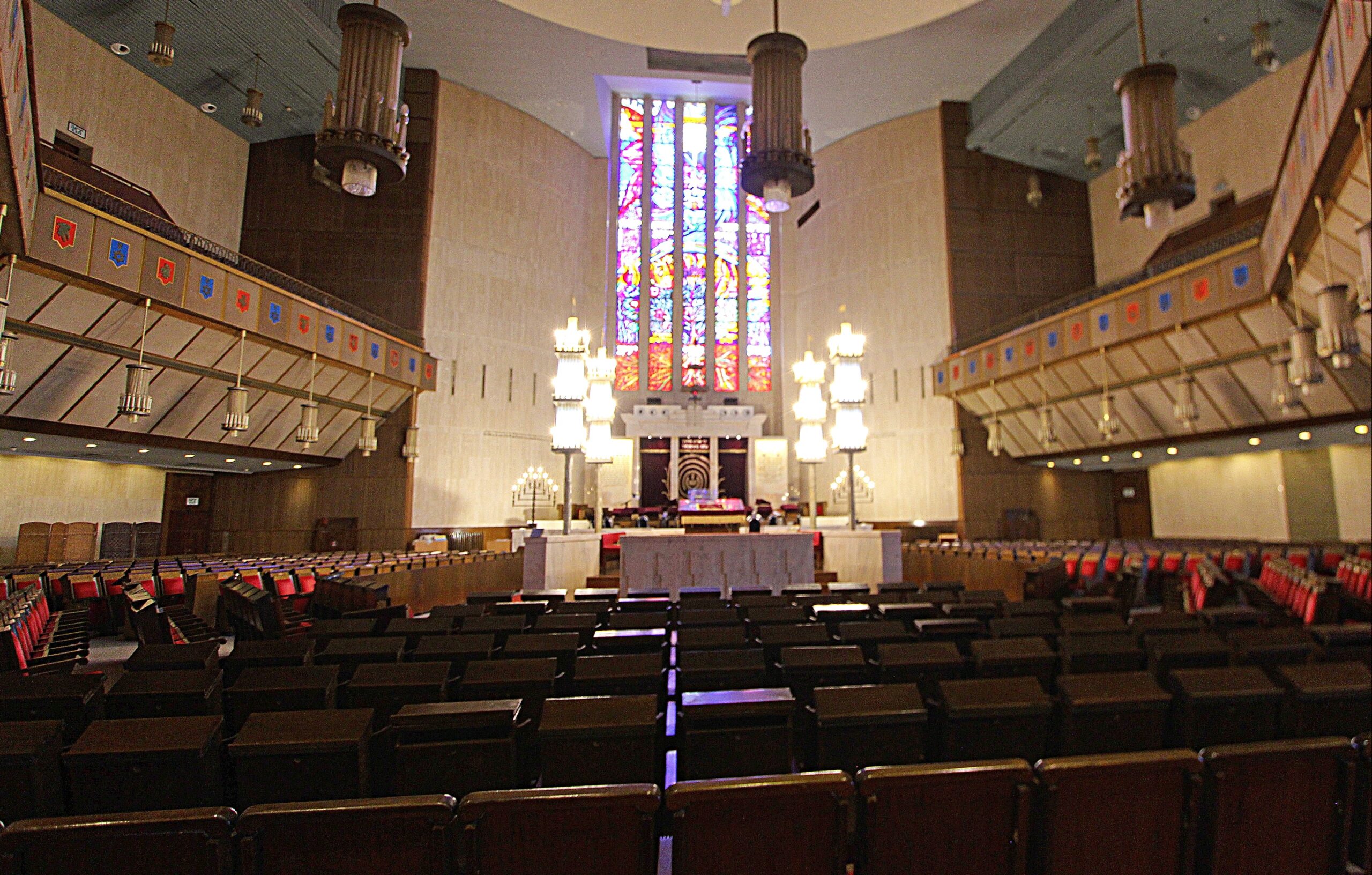
This week I am taking a little side trip from Biblical sites to other Holyland sites; I shall return to Biblical sites next week. The Great Synagogue in Jerusalem was built to replace the Hurva (also spelt Churva) Synagogue in the Old City which was destroyed by the Palestinians and Jordanians in the 1948 War… Read more
-
Israelite Temple at Arad and Who Were the Kenites

The above Israelite fortress of Arad city has existed for the entire period of the Kingdom of Judah in the Old Testament and was partially reconstructed by archeologists. It is atop an imposing hill in the southern desert of the Negev. The fortress and the temple within the fortress were the heartbeat of the city… Read more
